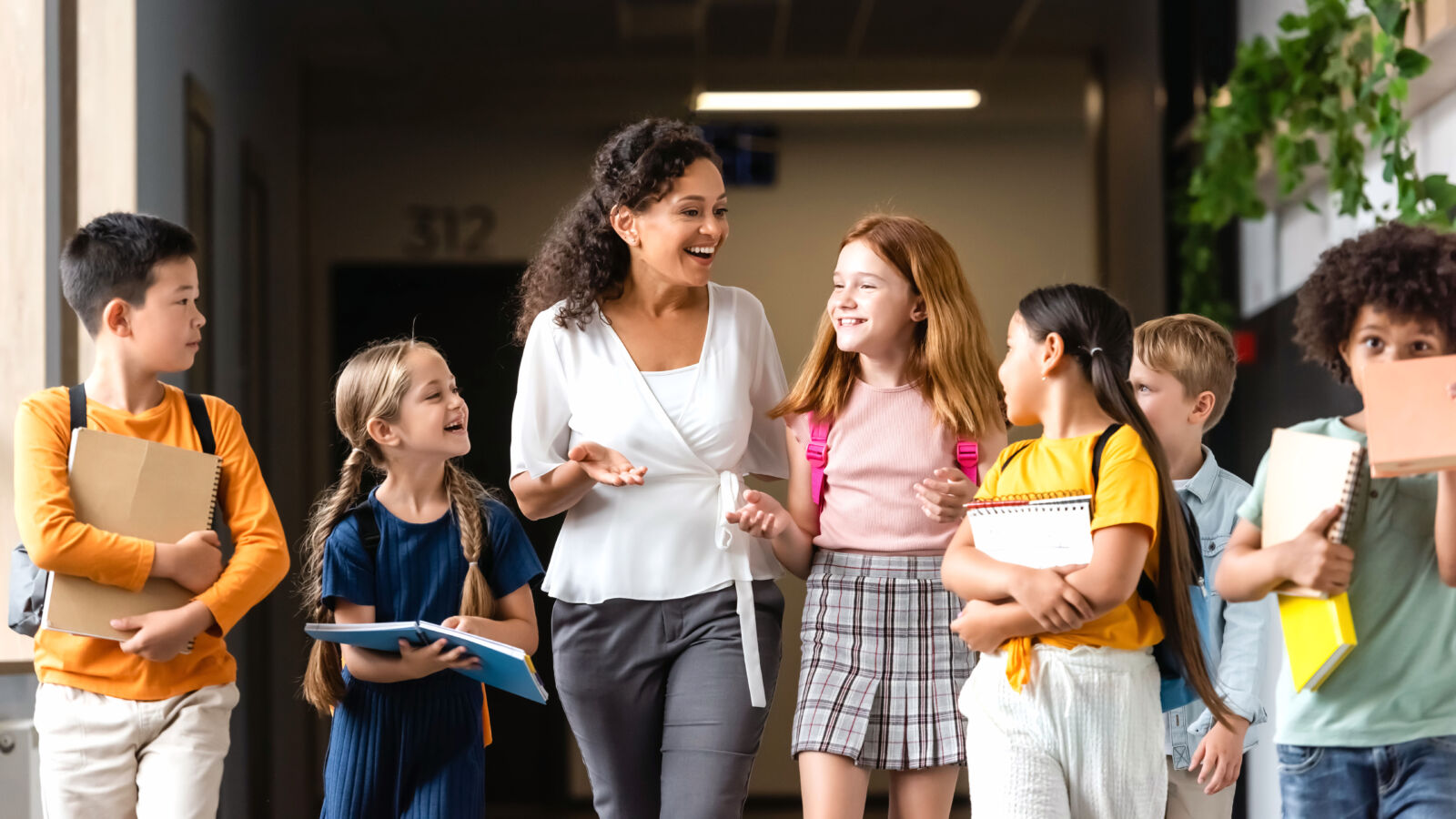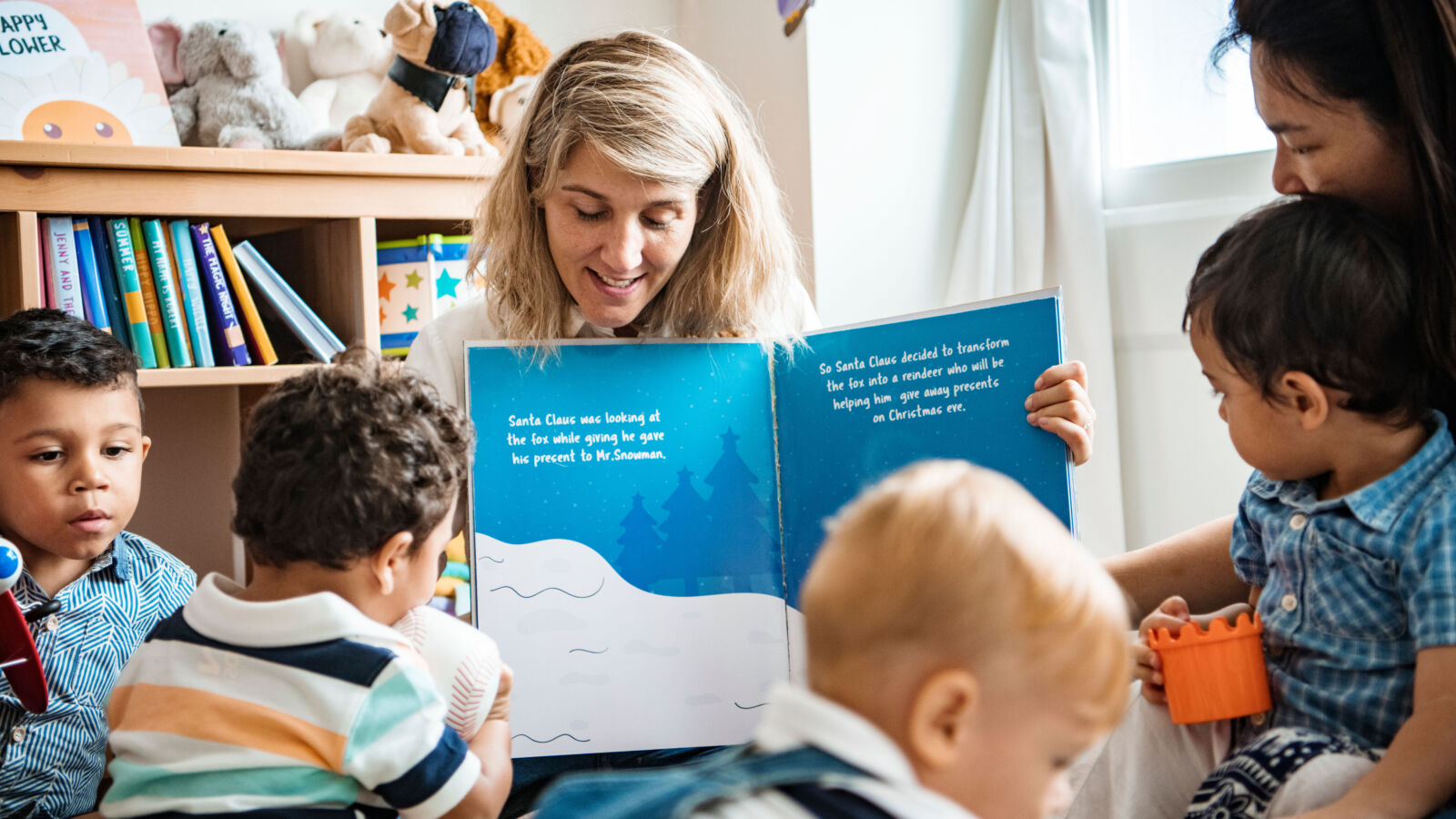It is the body of scientific research over the last several decades that proves how the brain learns to become a skilled reader and writer. When we say something is aligned with the science of reading, we mean that it is aligned with the research that has proven to be effective.
What Does the Research Say?
It says some things you probably already know. There are five pillars of reading: phonemic awareness, phonics, fluency, vocabulary, and comprehension.
Since humans are not born programmed to read, reading must be learned. Our brains have connections for sight and speech, but we have to build the connections used for reading and writing.
How Is This done?
First, we teach phonemic awareness. Phonemic awareness is the manipulation of individual speech sounds.
Secondly, we focus on phonics once children are comfortable with the spoken sounds. Phonics is the process of connecting letters to sounds. Effective phonics instruction must be explicit and systematic.
What Does That Look Like?
- Skills are directly modeled.
- Students are guided to correct responses.
- Quick and immediate feedback is provided.
- Students practice for mastery.
- Consistent instruction is delivered.
- Teachers guide students to master basic skills before moving to more challenging ones.
The third pillar, fluency, is the ability to read a text accurately, quickly, and with expression. When a student is not a fluent reader, the act of reading is slow and tiring for them, and they may not understand what they try to read. Simply encouraging students to read frequently is an effective way to improve fluency. Teachers and family members should model fluent reading, and students should be encouraged to practice reading aloud with their peers, teachers, and other adults.
Finally, students need a broad vocabulary to become good readers. Vocabulary is the knowledge of word meanings associated with speech and print. A wide-ranging vocabulary of common, everyday as well as language- specific words to academic subjects is necessary for students to communicate their ideas and to understand texts.
Vocabulary can be taught directly or indirectly. For example, a teacher might directly teach a vocabulary word by pointing out an unfamiliar word in a text, giving the students the definition, and discussing its meaning. Vocabulary can be learned indirectly through informal conversations and interactions with a variety of books, videos, and other media. It is important that students have multiple exposures to different vocabulary words in and out of school.
When students have a strong vocabulary and can read fluently, they are able to make sense of what is read. Comprehension is the understanding of a text. Teachers and other adults can model the skills they use to comprehend text by thinking out loud as they read. Some of these comprehension skills might include questioning and answering, summarizing, or the use of graphic organizers to organize thoughts. Comprehension also depends on developing and activating background knowledge that is relevant to the topic. Teachers may incorporate “close reading” or a deep examination of the text to give students an opportunity to practice the skills necessary to accurately comprehend the texts they read in school.
All West Virginia schools will be implementing instruction that ensures all these pillars related to the science of reading are taught to students. Because decades of research exists explaining how and why these topics should be taught, our schools can take the guesswork out of how to teach the complicated skill of reading to all students. Scientific, research-based instruction will make it easier for all West Virginia children to learn to read proficiently. It will open doors for students who otherwise may not have had the opportunity to become proficient readers, writers, and overall successful citizens in our society of constant communication.



